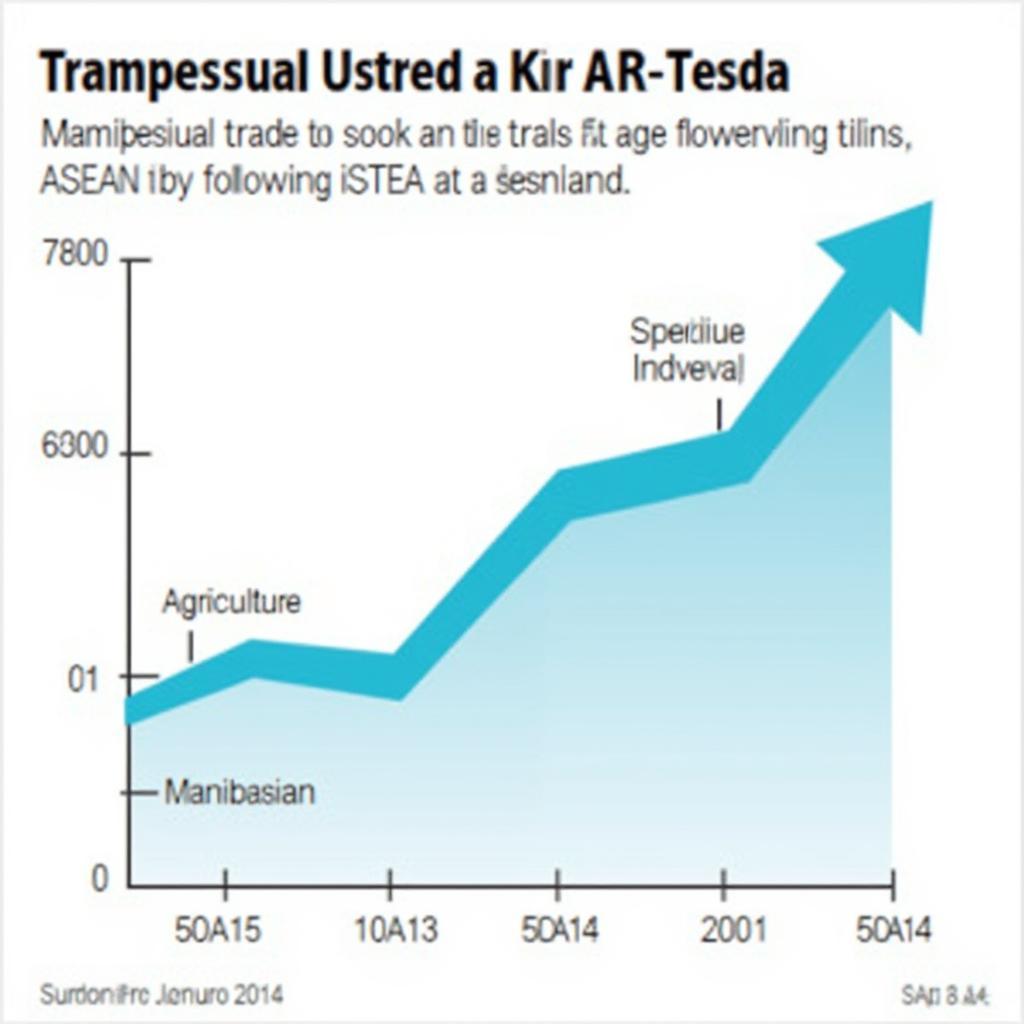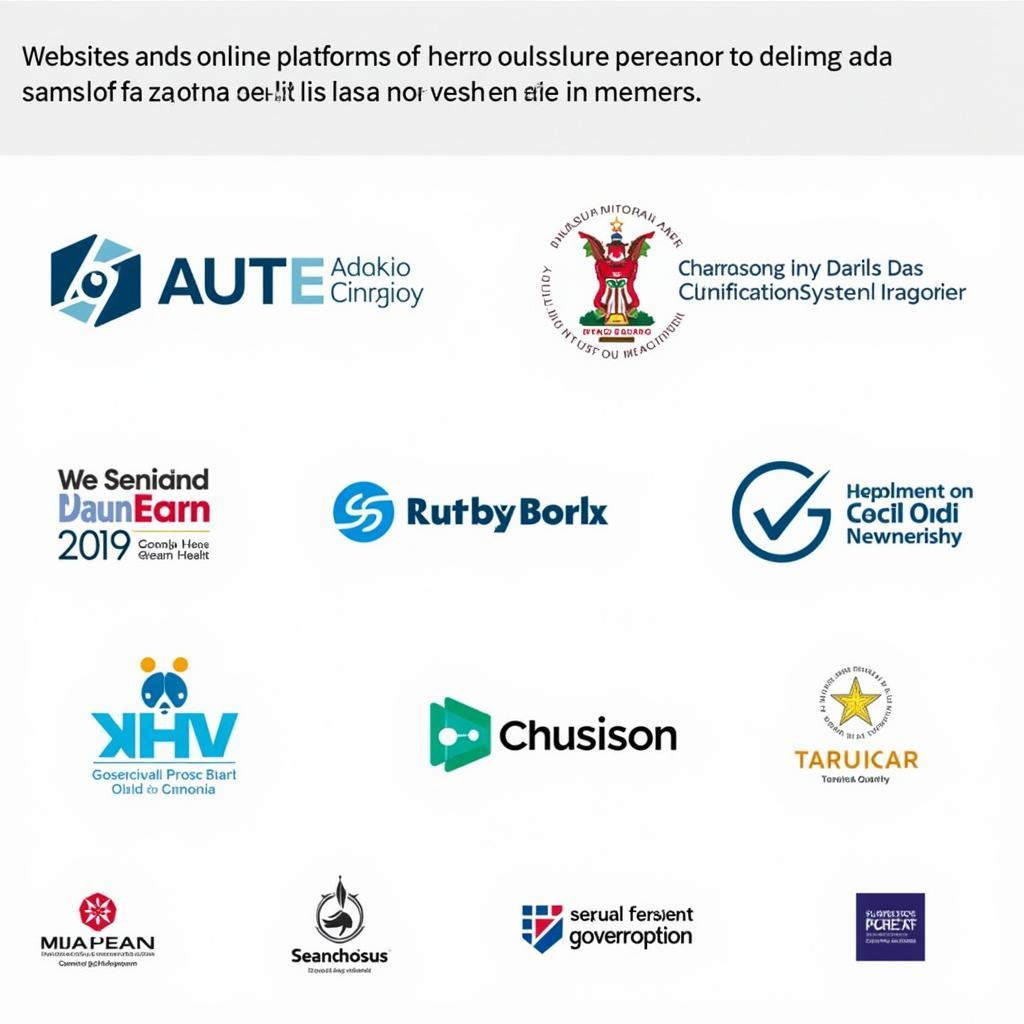The Asean 2014 Fta marked a significant milestone in the journey towards economic integration within Southeast Asia. This pivotal year saw advancements in trade liberalization, investment facilitation, and the harmonization of regulations, paving the way for a more interconnected and prosperous region. These advancements not only strengthened the ASEAN economic community but also positioned the region as a key player in the global economy.
Understanding the Significance of the ASEAN 2014 FTA
The ASEAN Free Trade Area (AFTA), established in 1992, aimed to reduce tariffs and non-tariff barriers among member states. 2014 was a crucial year in this ongoing process, as it witnessed the substantial realization of these goals. This era saw a considerable reduction in tariffs on most goods traded within the region, boosting intra-ASEAN trade and encouraging greater economic cooperation. The 2014 developments built upon previous agreements and further solidified the foundation for a single market and production base.
 ASEAN 2014 FTA Trade Growth
ASEAN 2014 FTA Trade Growth
One of the key achievements of the ASEAN 2014 FTA was the significant progress made in reducing non-tariff barriers. These barriers, often more complex than tariffs, include technical regulations, sanitary and phytosanitary measures, and customs procedures. Simplifying these processes facilitated smoother cross-border trade and fostered a more conducive environment for businesses operating within ASEAN.
How ASEAN 2014 FTA Impacted Investment
The ASEAN 2014 FTA also played a crucial role in attracting foreign direct investment (FDI) to the region. By creating a more open and predictable market, the FTA encouraged greater investor confidence. This, in turn, spurred economic growth and job creation across ASEAN member states. The improved investment climate made ASEAN an attractive destination for international businesses looking to expand into emerging markets.
 ASEAN 2014 FTA Investment Flow
ASEAN 2014 FTA Investment Flow
Key Benefits of the ASEAN 2014 FTA
- Increased Trade: The reduction in tariffs and non-tariff barriers directly contributed to a surge in trade within the ASEAN region.
- Enhanced Competitiveness: The FTA fostered competition among businesses, driving innovation and efficiency.
- Greater Economic Integration: The 2014 agreements helped create a more integrated ASEAN economy, laying the groundwork for further cooperation.
- Attracting Foreign Investment: The open and predictable market created by the FTA attracted increased FDI, boosting economic growth.
- Job Creation: The expansion of businesses and increased economic activity led to job creation across various sectors.
“The 2014 FTA was a game-changer for ASEAN,” says Dr. Anya Sharma, an economist specializing in Southeast Asian economies. “It significantly lowered trade costs and opened up new opportunities for businesses across the region.” This sentiment is echoed by many experts who recognize the pivotal role the 2014 FTA played in shaping the ASEAN economic landscape.
Challenges and Future Directions
While the ASEAN 2014 FTA brought about substantial progress, some challenges remain. These include addressing remaining non-tariff barriers, harmonizing standards and regulations further, and ensuring equitable distribution of benefits among member states. Moving forward, ASEAN needs to continue its efforts towards deeper integration, focusing on areas like digital trade, e-commerce, and sustainable development.
“The future of ASEAN integration hinges on continued commitment to reform and collaboration,” adds Mr. Lee Wei Min, a trade policy analyst based in Singapore. “Addressing the remaining challenges will be crucial for unlocking the full potential of the ASEAN economic community.” This underscores the importance of ongoing dialogue and cooperation among member states.
 ASEAN 2014 FTA Future Outlook
ASEAN 2014 FTA Future Outlook
Conclusion
The ASEAN 2014 FTA was a landmark achievement in the journey towards regional economic integration. By significantly reducing trade barriers and fostering a more conducive investment environment, it paved the way for a more dynamic and interconnected ASEAN. Building on the successes of 2014, continued efforts towards deeper integration will be essential for ensuring the region’s sustained growth and prosperity.
FAQ:
- What is the ASEAN FTA?
- What were the key achievements of the ASEAN 2014 FTA?
- How did the 2014 FTA impact investment in ASEAN?
- What are the main benefits of the ASEAN FTA?
- What are the remaining challenges for ASEAN economic integration?
- What is the future direction for ASEAN economic cooperation?
- How can I learn more about the ASEAN 2014 FTA?
Need support? Contact us 24/7: Phone: 0369020373, Email: [email protected], or visit us at: Ngoc Lien Village, Hiep Hoa, Bac Giang, Vietnam.


